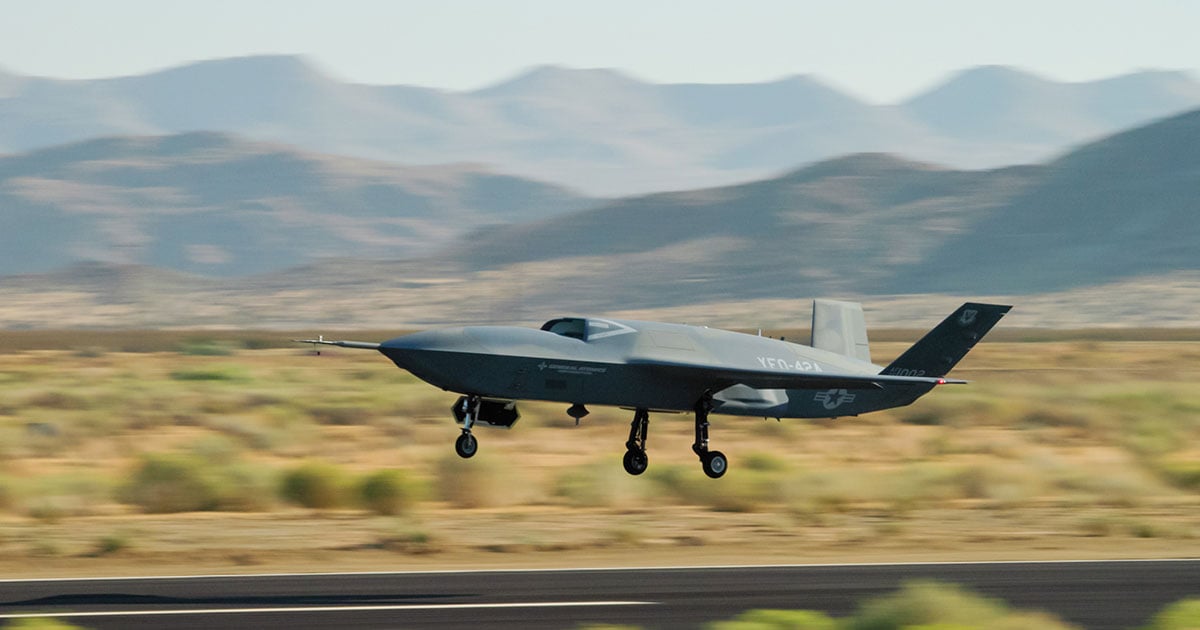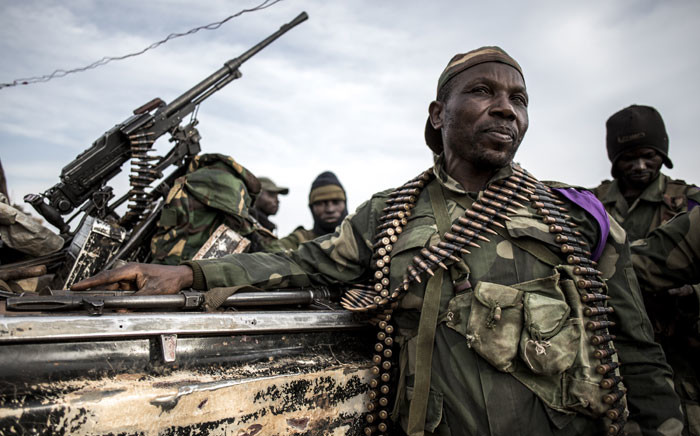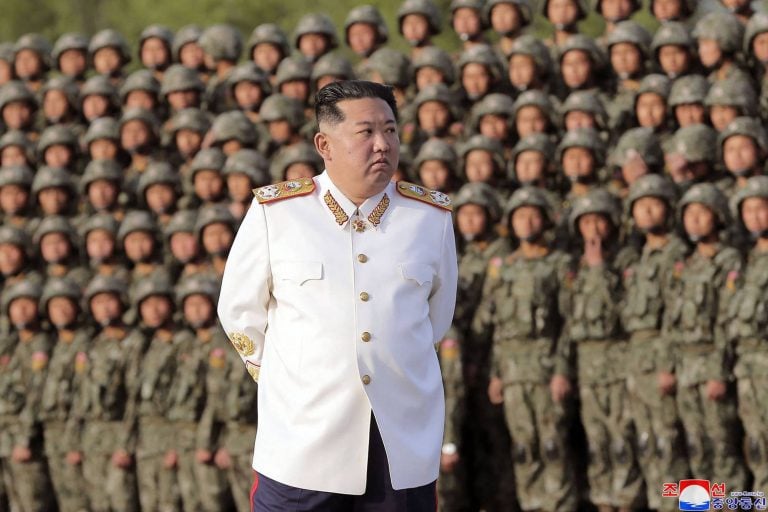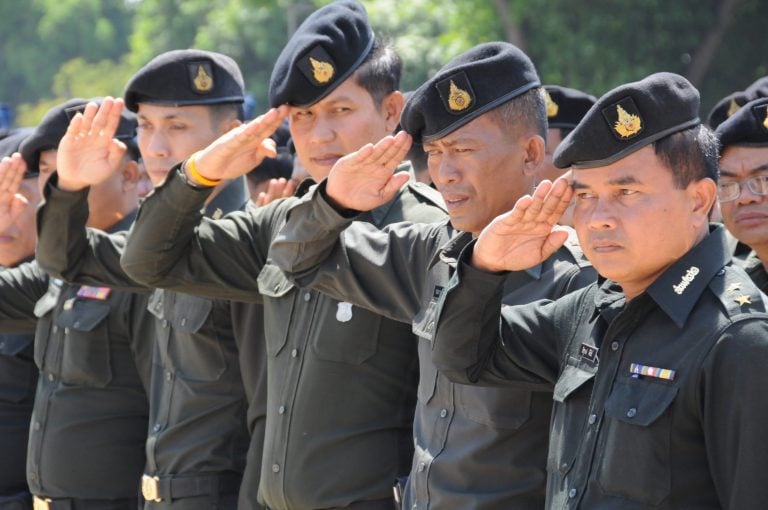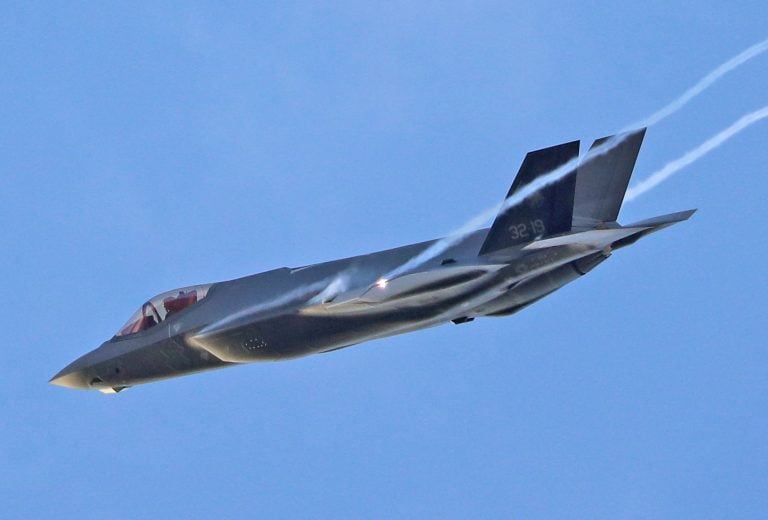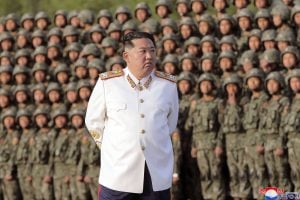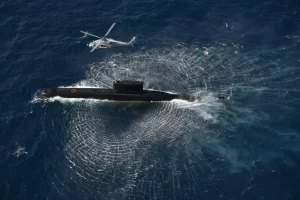The United States Air Force has announced its intention to create dedicated squadrons for its next-generation Collaborative Combat Aircraft (CCA), commonly referred to as “loyal wingmen.” These advanced unmanned aerial systems will operate alongside piloted fighter jets, enhancing their capabilities and operational effectiveness.
CCAs will perform crucial roles such as strikes, reconnaissance, electronic warfare, and decoy missions, primarily aimed at safeguarding crewed aircraft like the F-35 and the anticipated F-47. During a hearing with the Senate Armed Services Committee, Gen. Kenneth Wilsbach, the nominee for Air Force Chief of Staff, elaborated on the concept and its strategic importance. He indicated that both the Air Force Reserve and the Air National Guard could also establish their own CCA squadrons, which highlights a significant shift in the operational dynamics of military aviation.
Wilsbach emphasized that this “cutting-edge technology” serves as a “force multiplier,” allowing the Air Force to execute more missions with reduced risks to pilots and without escalating costs. This approach aims to streamline operations and leverage technological advancements in unmanned systems.
The development of the CCA program is spearheaded by General Atomics Aeronautical Systems and Anduril. General Atomics’ YFQ-42A began flight testing in August, while Anduril’s YFQ-44A is anticipated to take flight soon, following extensive ground testing that began in May. These advancements point toward a new era in military aviation, where unmanned systems play an integral role alongside traditional manned assets.
During the Senate hearing, Michigan Senator Gary Peters expressed strong support for the CCA initiative, describing it as “critically important and transformative for the Air Force.” He articulated that the technology is expected to enhance lethality and minimize risks faced by manned platforms. Peters highlighted the potential benefits for the U.S. National Guard, noting its evolving role from reserve units to active operational forces.
Wilsbach confirmed that the new drones would be structured within their own squadrons and deployed alongside various platforms, including the F-15EX fighters and KC-46A tankers. Specifically, he mentioned the intention to station these units at Selfridge Air National Guard Base in Michigan, indicating a proactive approach to integrating innovative technologies with existing military capabilities.
Additionally, the Air Force has plans to establish a readiness unit at Beale Air Force Base in California, designed to facilitate the rapid deployment of these advanced aircraft. This move underscores the urgency and strategic focus the Air Force is placing on integrating CCAs into its operational framework, as it seeks to enhance its overall mission readiness and effectiveness in a rapidly evolving threat landscape.
